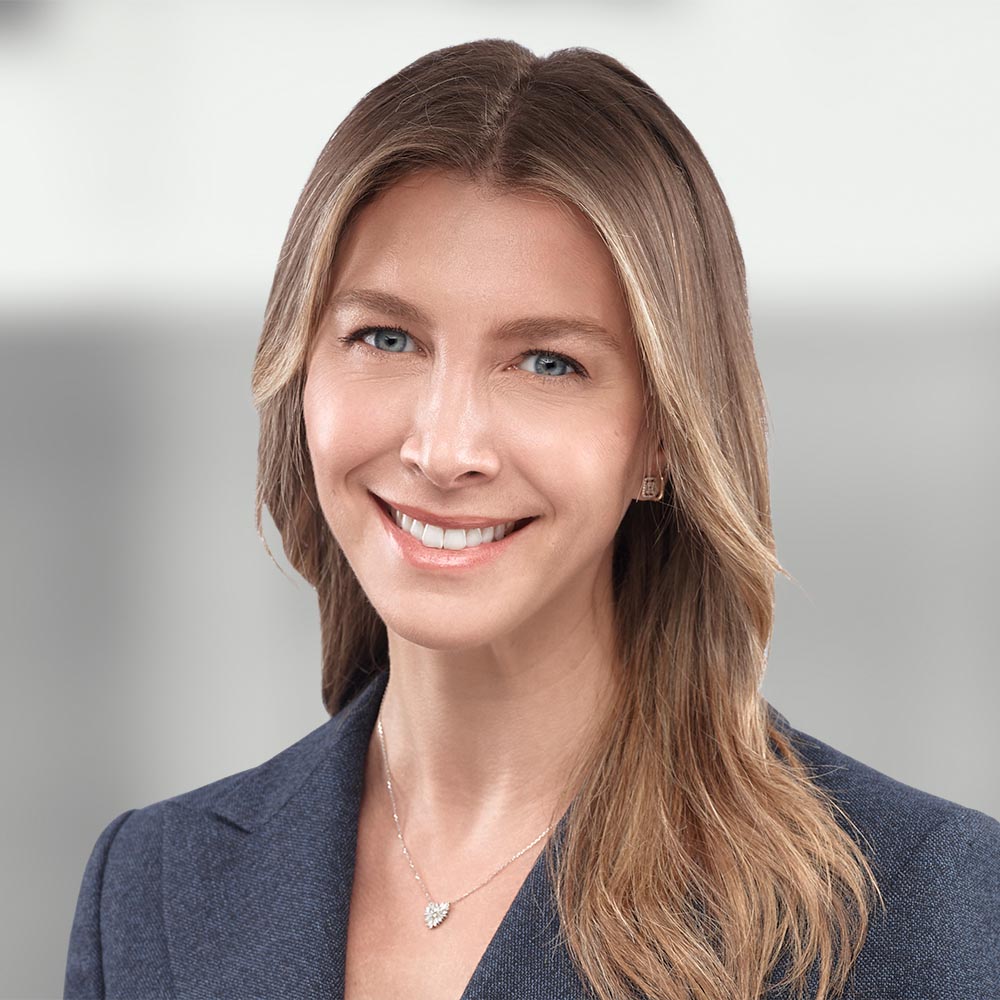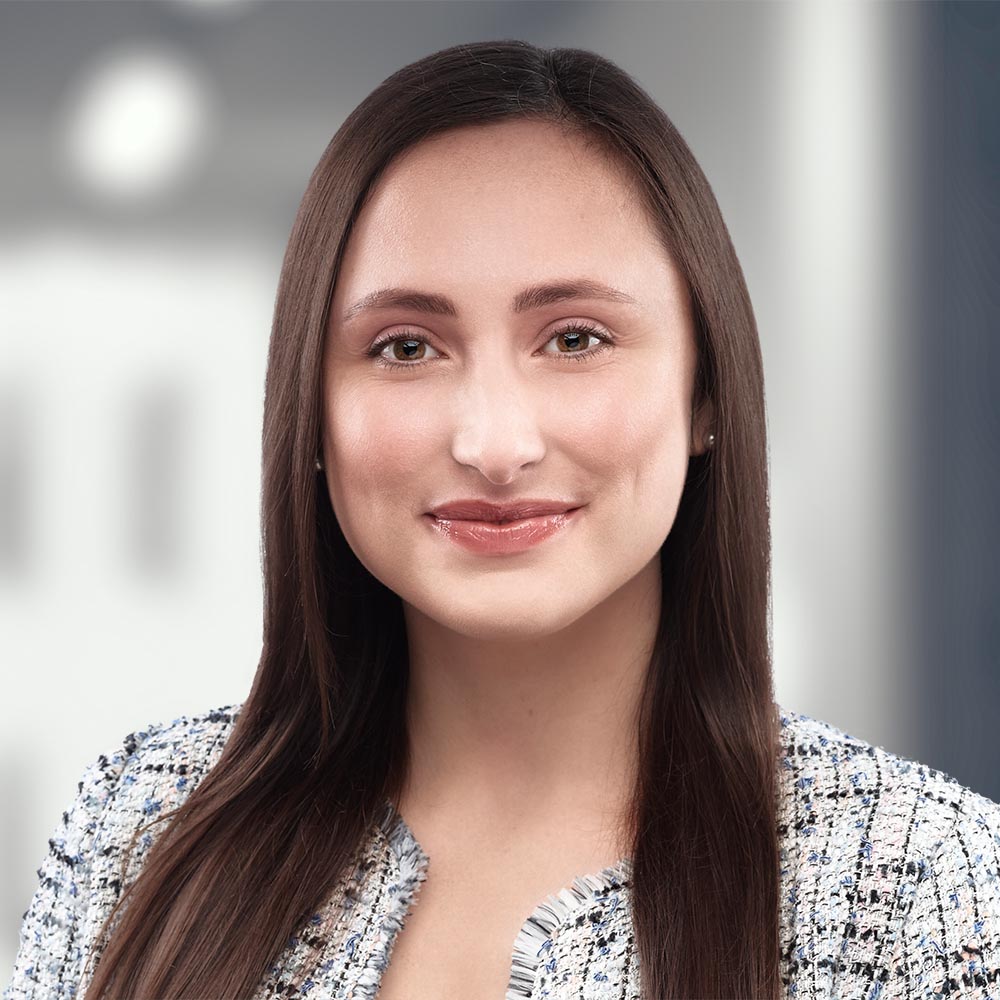Speakers
In our sixth instalment of our first-time funds series, Sarah Strong and Danielle Traub of our Private Equity practice take a closer look at sponsor arrangements—also known as “upstairs” arrangements. In this video we cover a host of essential things to think about in terms of sponsor-side issues, including:
- Governance considerations: who gets to make decisions, what happens when leadership changes hands, how are brands maintained and new funds formed?
- Economics considerations: what are the roles of commit, carry and surplus?
Click here to visit the main First-time Funds Series page.
Sarah Strong (00:05): Hi everyone. My name is Sarah Strong and I'm a Corporate Associate here at Torys.
Danielle Traub (00:09): And I'm Danielle Traub, a lawyer in the Private Equity Group at Torys. We're here to talk today about something that's a little bit different than what you've probably been hearing in some of the First-time funds segments that have been put together. Whereas those are typically focused on fund formation and working with third-party investors to set up your fund, what we're going to talk about—and a big part of our respective practices—is sponsor arrangements, or what we tend to call the "upstairs" arrangements. And these are the arrangements between the actual founders and principals, the individuals behind the funds who are launching the ventures. We like to think of it as the heart and soul of the fund because it really gets to what people are after when they launch these ventures and helping to memorialize and put together the arrangements to give effect to their vision. And so there's two main aspects of this and we'll talk about that at a high level today. But really when we're dealing with sponsor arrangements, we're focused on governance and control and then the economics and so, Sarah, I'll turn it over to you to chat about governance.
Sarah Strong (01:10): So when we think about governance of a fund, we're really thinking about who controls the fund and what types of decisions do they get to make. And so, first thing we'll do when we're working with a client is, who gets to make the decisions? And so sometimes that will be one founder or there will be a group of principals and a lot of the times what we'll see is a combination of the two, where there's a group of principals that make the key decisions at a fund, and there's one or two key players that have veto rights over certain things. So once we've determined who gets to make the decisions, it's really what are the key governance mechanics at your fund? And this is relevant for a number of reasons, because what we're really going to be determining in this exercise is: how does the investment committee get formed? Which will impact how investments are made. How does a new partner get brought on? Which has governance and economic impacts on the other partners. Or what happens when a partner leaves? What are the consequences of a termination or a resignation? We'll also think more broadly in terms of the operations of a fund. How does the brand get maintained over a period of time? How do new funds get formed and also how do carried interest allocations get made? Which is something else we're going to talk about today. So governance is really a very broad topic, and because of that, we see a lot of creativity from our clients because it really will be impacted by the dynamics of the principals among themselves and the objectives of the fund. So we'll work with our clients to memorialize the key governance mechanics and the key governance decisions in a way that works for your fund now, and also in a way that will work in the future as the fund continues to grow.
Danielle Traub (02:46): In addition to governance, as I mentioned earlier, the other main focus of our work is on economics, and we think of the economics as being in three distinct buckets. I'll speak about all of them briefly and then Sarah will focus on one of them a little bit more, which is carried interest. So the first one that I'll talk about is what we like to call "surplus". Surplus is what you can think of as the profits of the manager. Every manager will typically be receiving a fee from the fund and that fee will be in the range of 2%. And out of that revenue, expenses will be paid, employees' salaries will be paid, maybe a lease expense, general expenses to keep the lights on. What's left after those expenses is what we refer to as surplus. And so that surplus being the profits of the manager, is what's shared among the principals. And so part of what we will focus on is how is that shared and what happens, for example, on a triggering event. But you can see that while a nascent fund may not have material surplus, over time when a sponsor has multiple funds, each of which is paying a fee to the manager, surplus can become a material source of profit and economics for the principals. The second stream that I'll talk about is the GP commit and this is the portion of the fund commitments that is required to be funded by the principals. And this is something that will be required by your third-party investors. It's meant to drive alignment between the principals and your investors with respect to fund objectives, fund success and value creation. It's really you, the sponsor, having skin in the game. And so, the GP commit and the surplus, we think about them is going hand in hand as opposed to the carry, which Sarah will talk about is quite separate and distinct for a number of reasons. But briefly on that point, I'll say that we think about these two as going hand in hand because they generally are intended to reflect an individual's pro rata ownership of the manager. So as a founding partner, if you were to own 50% of the manager, you would typically be entitled to roughly 50% of the surplus, and you would be obligated to fund approximately 50% of the GP commit. Obviously with some variation within that, and there are no hard and fast rules, but that's typically how we see those two economic streams intersecting. And so we also treat them similarly as it relates to triggering events. If somebody leaves and were no longer required to fund the GP commit, they also would no longer be receiving surplus. And so we tend to see those two economic streams treated very similarly. That's in contrast to carried interest, which is treated quite differently because it isn't limited to the closely-held group of principals that are getting surplus in GP commit. But as Sarah will explain, carry is allocated to an amount of much broader group of individuals.
Sarah Strong (05:38): Yeah, that's right. So we have seen carry allocated strictly to a group of principals or key founders, we've also seen it allocated to all levels of individuals at a fund, and we've seen carry allocated to third-party advisors. And ultimately, allocations of carry are going to be based on the objective of incentivizing the people that are involved in a fund on a day-to-day basis, and ensuring that everyone is aligned in their interest. And carry is another area where we can see some creativity and flexibility in terms of how a fund wants to organize and allocate their carry. And so we see flexibility in a couple of areas. The first is vesting. So carried interest allocations will often be subject to vesting. And again, that's tied to aligning interests and making sure people are bought in to the success of a fund. And so vesting schedules can vary, as between founders and principals or investment professionals that have received allocations, and we also see some room for variation in terms of triggering events. So once someone has received an allocation of carry, they'll be moving along their vesting schedule and they might resign, they might be terminated. And so the consequences of those things that we refer to as triggering events are really up for determination based on how a fund wants to treat these types of events. And so that's something where we'll work closely with our clients to figure out what makes sense from an allocation, investing and triggering event perspective, based on the objectives in the lifecycle of a particular fund.
Danielle Traub (07:09): Yeah. And I would say in addition to that, that carried interest is one of the areas where clients will typically just call us for advice. Unlike the GP commit and surplus where it can be entirely bespoke and it doesn't really matter whether it's market per se, because the individuals who are building that construct are the ones who are going to live by it. Carry, because it impacts your investment professionals and is a tool for attracting and retaining talent, we find that sponsors are often very focused on ensuring that their approach is aligned with market and it's consistent with what people in the market would expect to see. And so that's where we will work very closely with clients to guide them in terms of the nature of the fund, their approach to talent development and retention and their objectives, and help them structure carried interest plan that's right for them.
Sarah Strong (08:03): Absolutely.
Danielle Traub (08:04): And so that's probably a good place for us to pause. We want to thank you for your time and attention and we'll look forward to picking this up in another session soon.
To discuss these issues, please contact the author(s).
This publication is a general discussion of certain legal and related developments and should not be relied upon as legal advice. If you require legal advice, we would be pleased to discuss the issues in this publication with you, in the context of your particular circumstances.
For permission to republish this or any other publication, contact Janelle Weed.
© 2026 by Torys LLP.
All rights reserved.
Subscribe and stay informed
Stay in the know. Get the latest commentary, updates and insights for business from Torys.
Stay in the know. Get the latest commentary, updates and insights for business from Torys.
Subscribe Now

